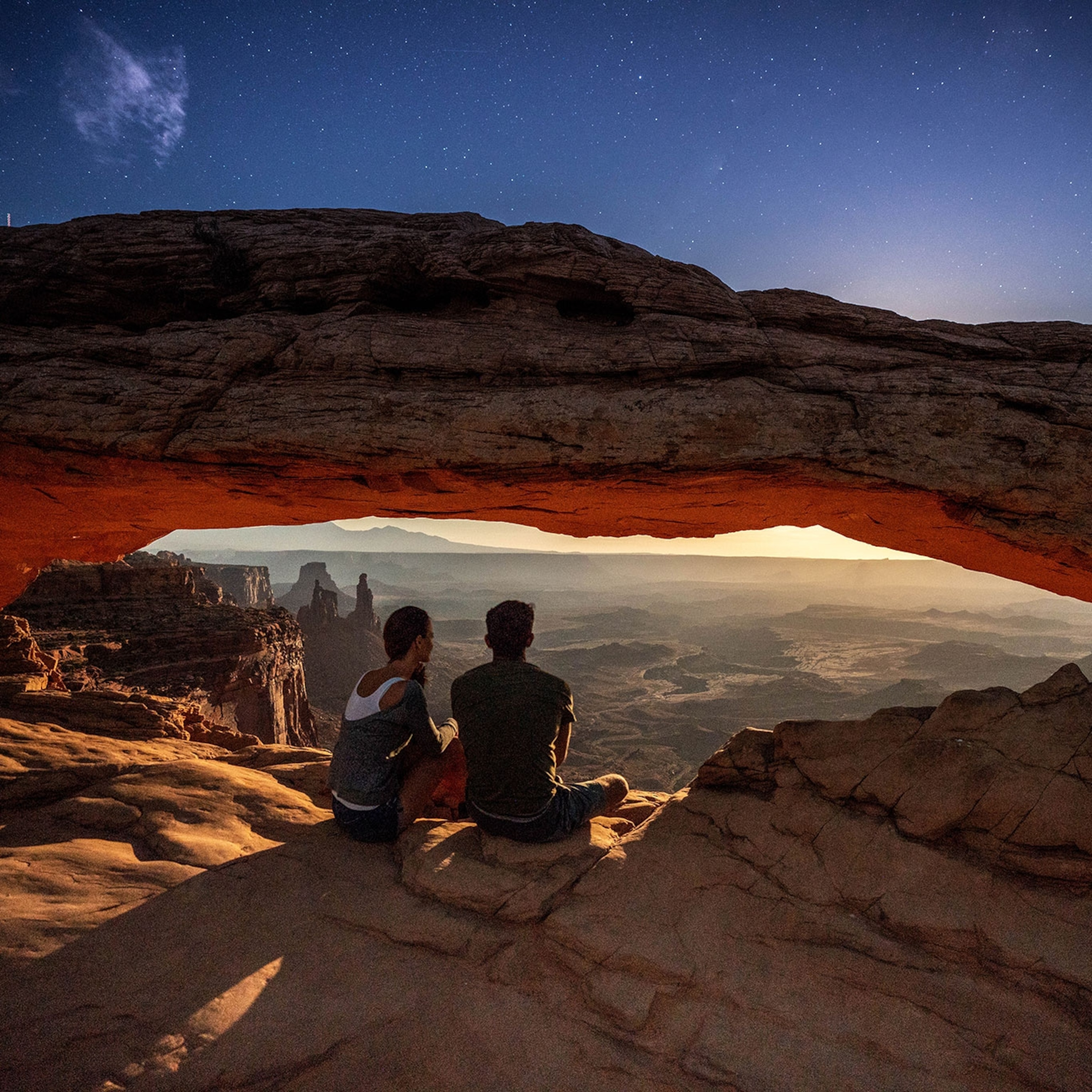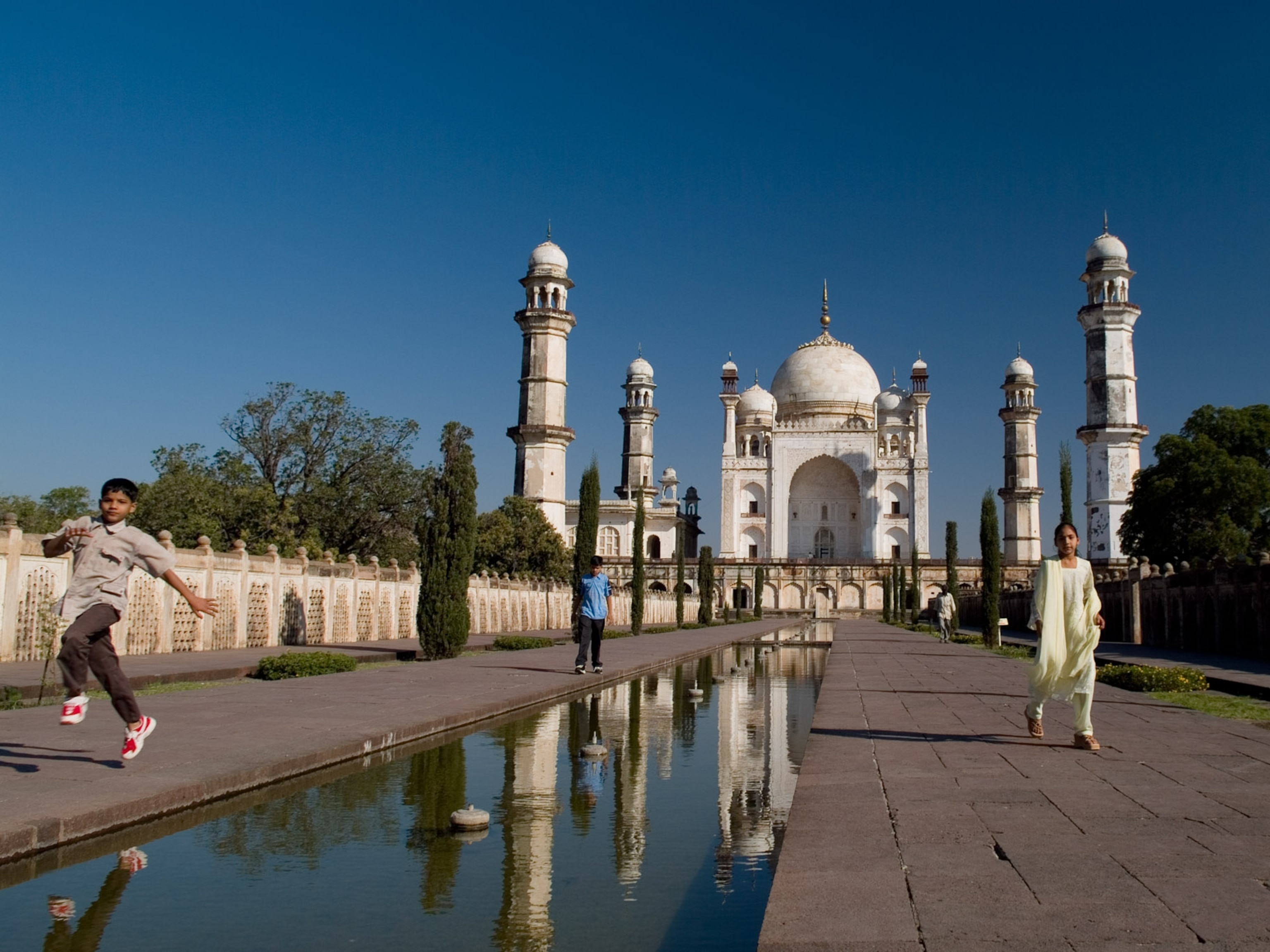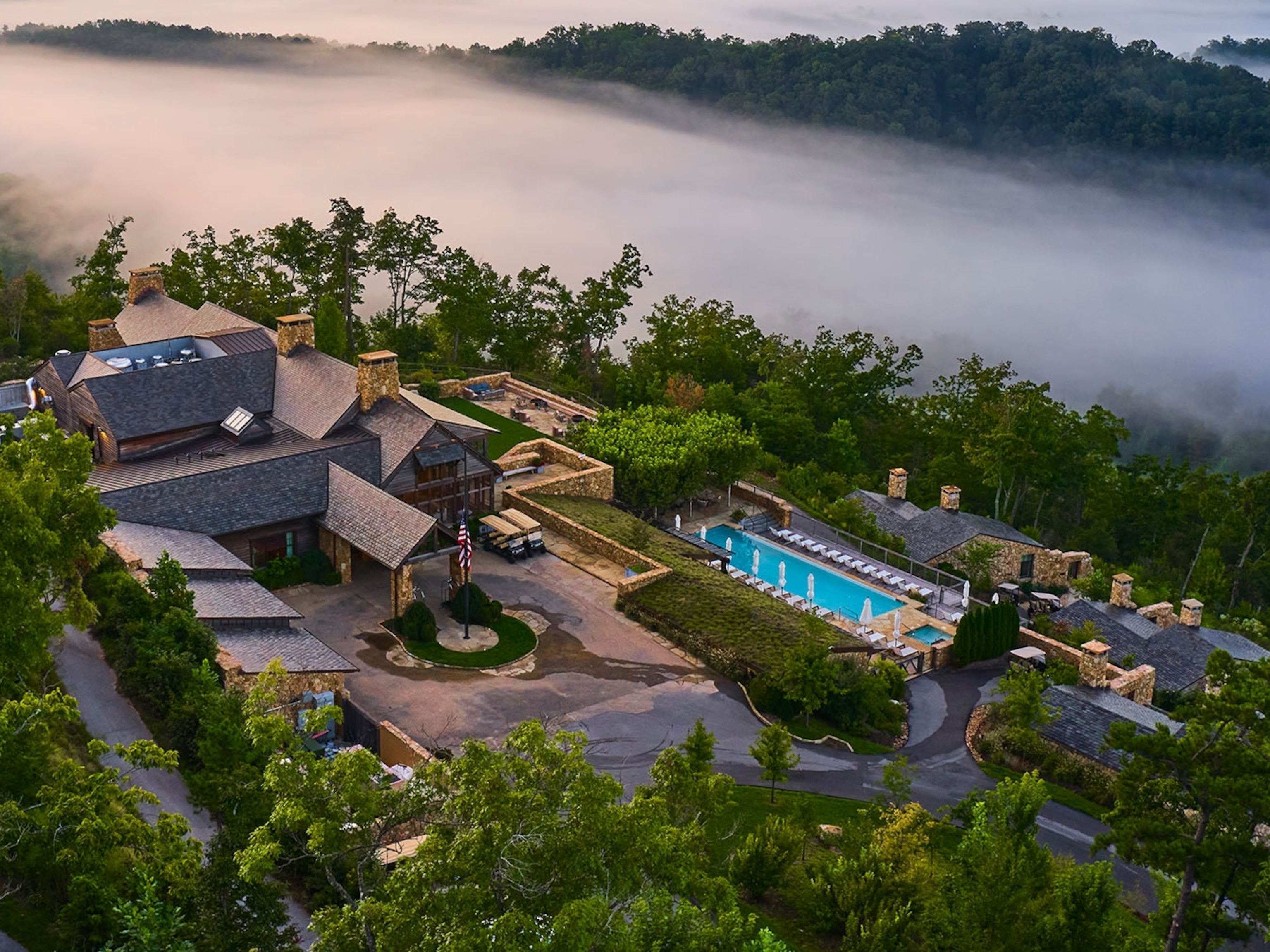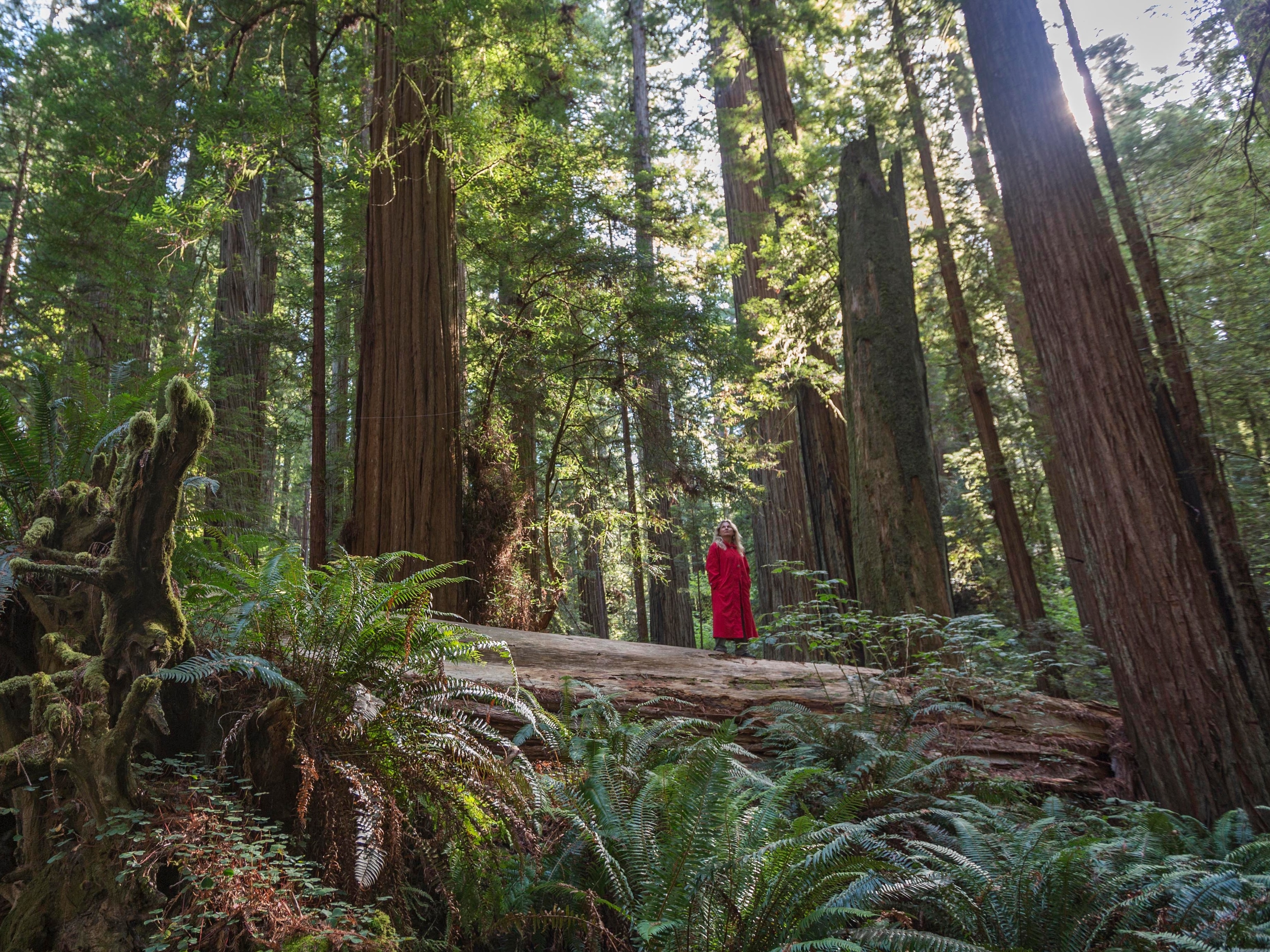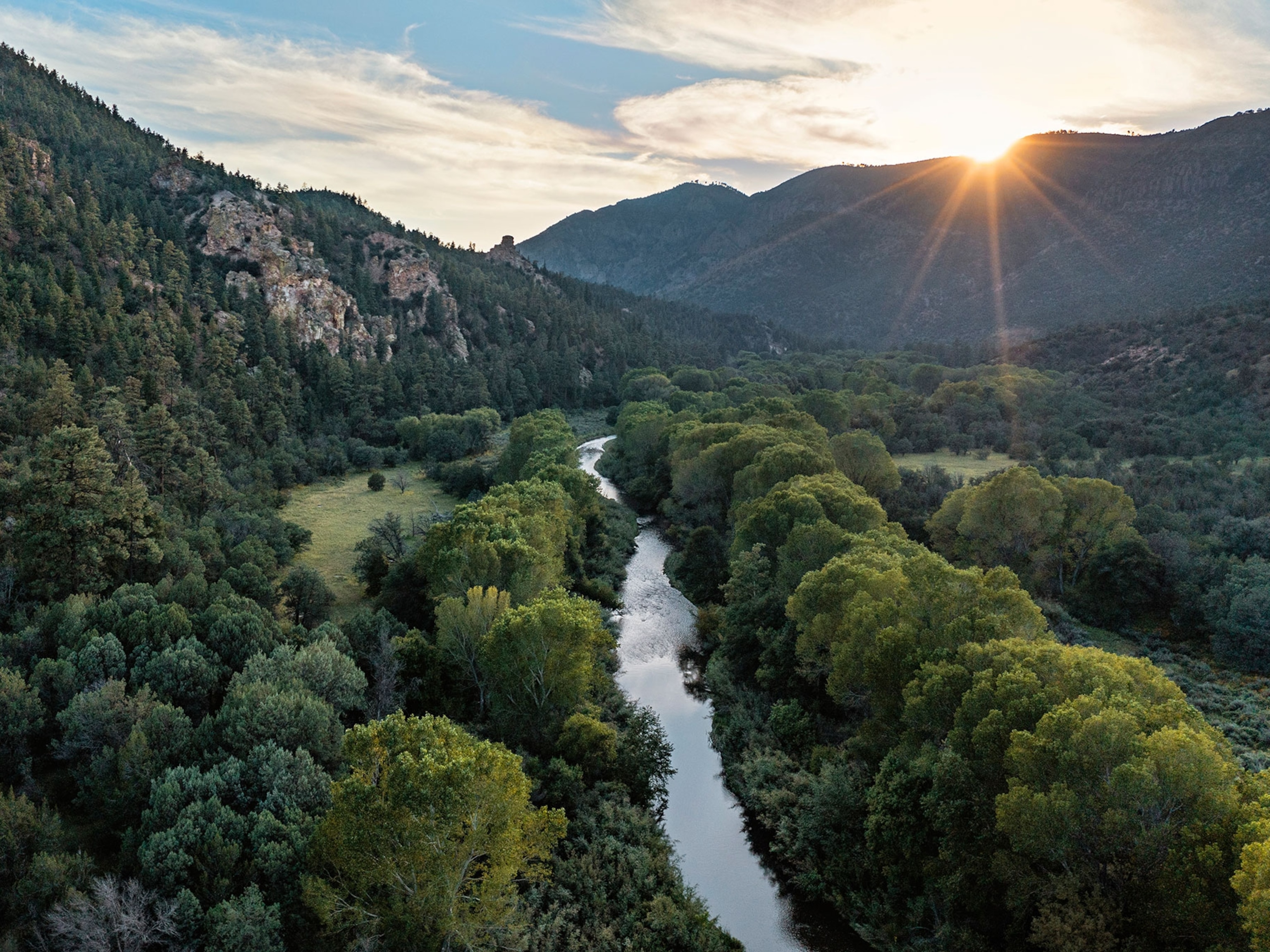National monuments are underrated—these are some of our favorites
Skip the crowds, timed entry, and gridlock at the national parks and head to some of America’s other natural wonders.
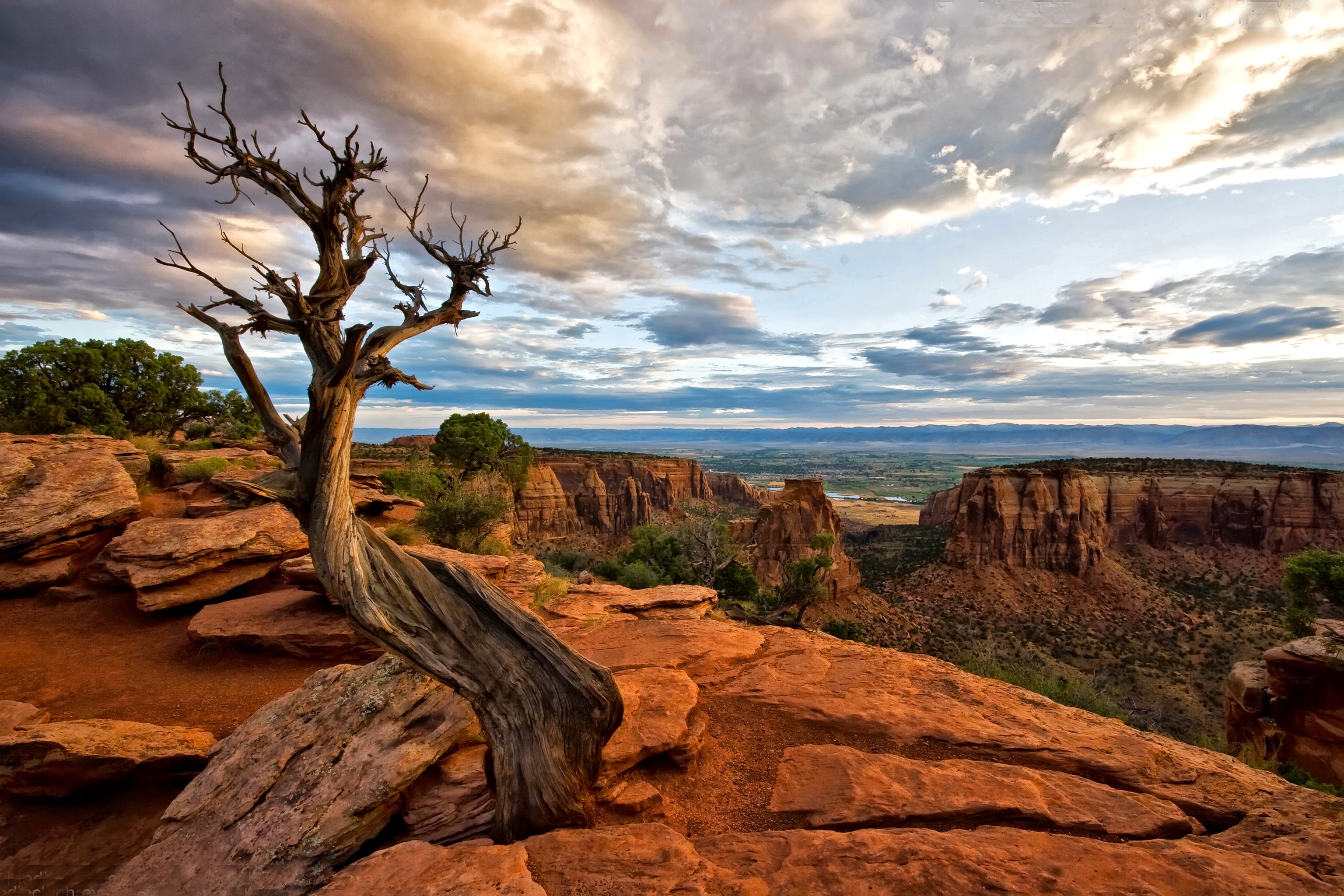
Some national monuments have an image problem. Many visitors arrive at them expecting bronze historical markers and granite statues. Instead they find canyonlands, wooded wilderness, or alpine meadows that could pass for the Grand Canyon, Yellowstone, or Yosemite. Monument rangers and staff often get asked, “How is this not a national park?”
The simplest answer is politics. The birth of a monument is easier. Congress must approve a national park’s designation, but a national monument needs only a presidential declaration.
Things get trickier when it comes to transitioning from a national monument to a national park. Local communities can be both for and against a legislative push for park status. The communities neighboring the Colorado National Monument, for one, have debated designation for over a decade, spurred by concerns about increased traffic and restrictions. Even with an otherwise united front, special-interest organizations can derail the push for designation, as the Idaho Farm Bureau did for Craters of the Moon.
While national parks are all run by the National Park Service (NPS), monuments are divided among the NPS, the Bureau of Land Management, and the U.S. Forest Service, each with different funding structures and restrictions.
With the most popular parks requiring timed entries, there’s definite appeal to being an under-the-radar monument. The following four national monuments are travel dupes that deliver a national park experience without the crowds.
Colorado National Monument

Instead of: Grand Canyon National Park
Many canyonlands claim to be a “mini Grand Canyon,” but the Colorado National Monument is part of the same physiographic province as that famous national park: an elevated sheet of sandstone, shale, and limestone called the Colorado Plateau that spans four states. The monument shares the same wind- and water-sculpted features of Arizona’s Grand Canyon National Park, eight hours to the southwest, and Utah’s Arches National Park, two hours to the west—but with a fraction of the visitors those parks get.
“You come and have an experience all to yourself. Just you and a bighorn sheep on a trail,” says Johanna Van Waveren, executive director of the nonprofit Colorado National Monument Association, which works with the NPS management to support stewardship.
The monument’s 23-mile road has two gateways minutes outside of Grand Junction and Fruita, Colorado, both recreational playgrounds in their own right just off I-70. The drive cuts and climbs, eventually circling canyon rims. Short trails have knockout views of freestanding formations and the mountains to the east, where the spine of the Continental Divide is finally giving way to this high desert.
For Van Waveren, the most precious moments are off the pavement and outside of the reservable campground—looking up at the sheer sandstone walls of Ute Canyon or finding wildflowers in bloom while hiking the No Thoroughfare Canyon Trail.
“I hear it all the time, ‘Why don’t more people come here?’” she says.
(This national monument in Arizona honors Indigenous homelands.)
Craters of the Moon National Monument and Preserve
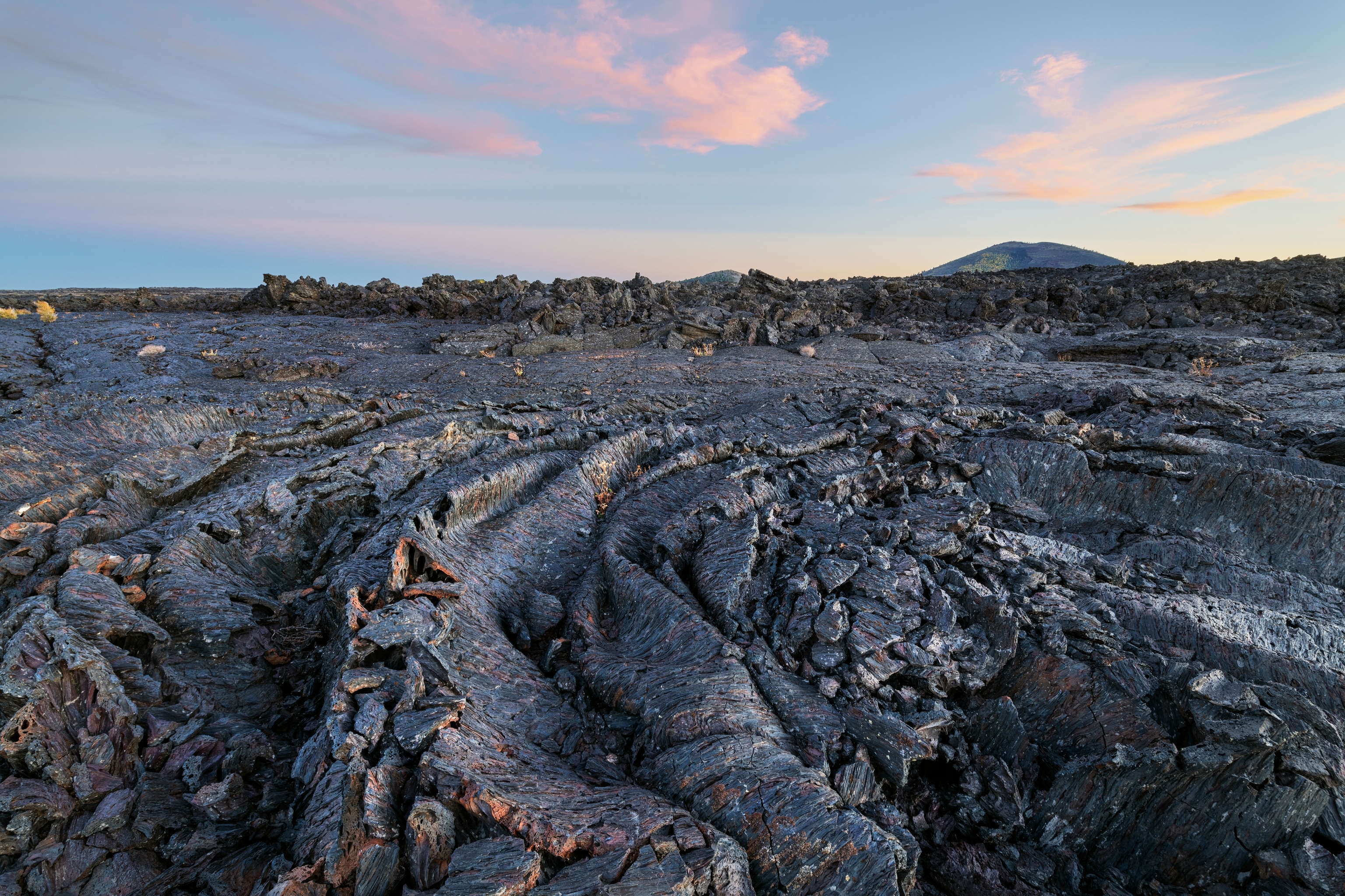
Instead of: Yellowstone National Park
With no towering volcanoes in sight, visitors to Idaho’s Craters of the Moon are confounded by its flows of ancient lava. Just 66 miles outside of legendary ski town Sun Valley, Craters of the Moon celebrates its centennial this year. One of the first national monuments, it was established less than 10 years after the NPS itself, to protect this “weird and scenic” moonscape.
The monument’s otherworldly landscape is a geologic rift valley, where tectonic plates separated as recently as 2,000 years ago. Fissure eruptions of fluid basaltic lava through these cracks left behind lunar-like terrain splattered across the Snake River Valley. The NPS and Bureau of Land Management co-manage the contrasting topographies within the monument.
“It’s really a place quite unlike any other in the lower 48,” says Wade Vargias, monument superintendent. “If you wanted to see more recent lava flows, you’d need to travel to Hawaii or Iceland.”
Over the last century, the monument has hosted NASA training teams and curious visitors to this jagged landscape. Like its seismic sister Yellowstone, four hours to the northeast, the monument’s loop road takes in geologic curiosities such as craters, spatter cones, and lava tubes. Campers can settle at one of 42 sites without a reservation to enjoy its Dark Sky designation.
Vargias’s tip: For a commanding view of the sunrise, climb to the top of Inferno Cone. If the sky is clear, the jagged maw of the Teton Range, 138 miles to the east, hems the horizon.
Katahdin Woods and Waters National Monument
Instead of: Acadia National Park
Designated a monument in 2016, this massive stretch of Maine’s North Woods is on many speculators’ shortlists for future park status. Here, the ancient Appalachians stretch through one of the last undeveloped watersheds in the Northeast. Just 150 minutes from one of the country’s most visited parks, the NPS-managed Katahdin is a stark contrast to the coastal crowds of Acadia.
“You go out on a canoe and feel like you are in another world,” says Brian Hinrichs, executive director of the nonprofit Friends of Katahdin Woods and Waters. “You don't see another soul. You don’t see any sign of human life. It‘s really a chance to have that full escape.”
Hikers can take on the storied Appalachian Trail and push towards its terminus on Mt. Katahdin or take in vast forested vistas from Barnard Mountain Trail. The monument is an International Dark Sky Sanctuary, elevating the off-the-grid camping experience.
The Friends of KWW supplements the NPS, infusing $2.7 million raised last year into visitor infrastructure and scientific monitoring. This fall, the Tekαkαpimək Contact Station, a welcome experience for visitors designed and led by the Penobscot Nation, will helm the monument’s 17-mile loop road.
(One of these 7 places might be the U.S.’s next national park.)
Mount St. Helens National Volcanic Monument
.jpg)
Instead of: Mount Rainier National Park
Next to Mount Rainier, in Washington State’s mountainous west, this oft forgotten monument bears an infamous name. For most, Mount St. Helens conjures the most destructive volcanic eruption in the United States. Yet more than 40 years later, the monument has lupine-dotted slopes and thriving stands of hemlocks and silver firs. As others wait in lines to enter Rainier, visitors to this monument can be striding out toward the 8,000-foot summit, following the path of long-gone lava, or hiking a trail through forests and fields.
Three access points to the monument offer vastly different experiences. Visitors centers on the northwest side share human impact stories from the volcano’s eruption. The south is the gateway to the summit and the lava tunnels. Here, intrepid hikers grab timed entries and headlamps for the Ape Cave trail, traveling through a cavernous lava tube formed 2,000 years ago. To the northeast, Windy Ridge takes in the largest stretch of land that has not recovered.
In every corner, the volcanic monument resonates with power. “Whether you’re at the summit or Johnston Ridge, looking at Mount St. Helens, there’s something about that place that really humbles people,” says Alyssa Hoyt, strategic projects director of the Mount St. Helens Institute, which supports the U.S. Forest Service’s management. “You feel incredibly small and yet, at the same time, you feel a part of this immensity that’s around you, a connection to the bigger world.”
